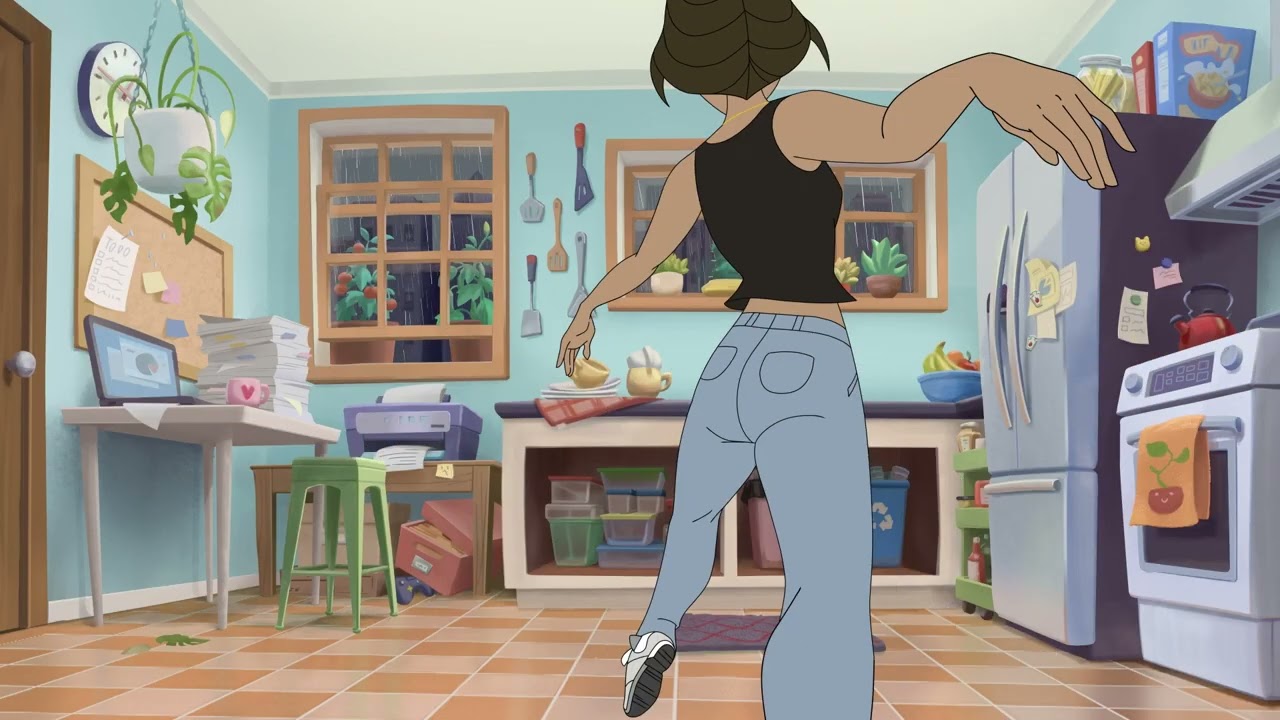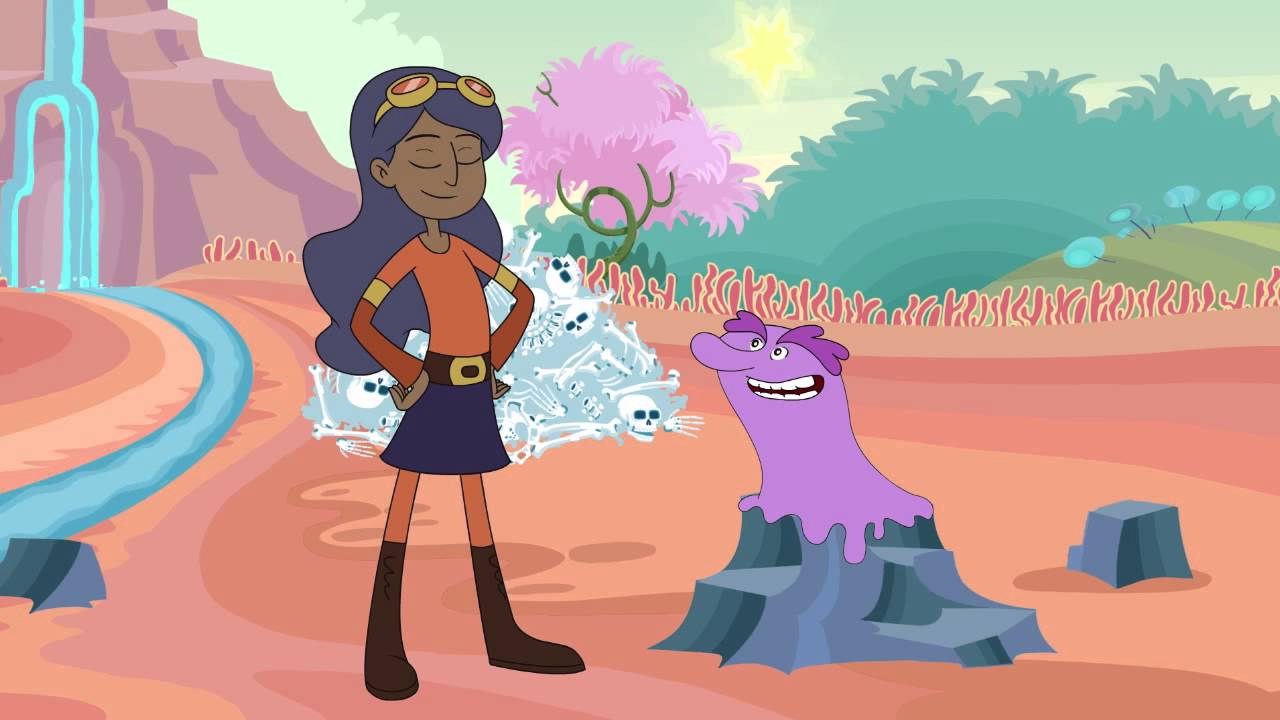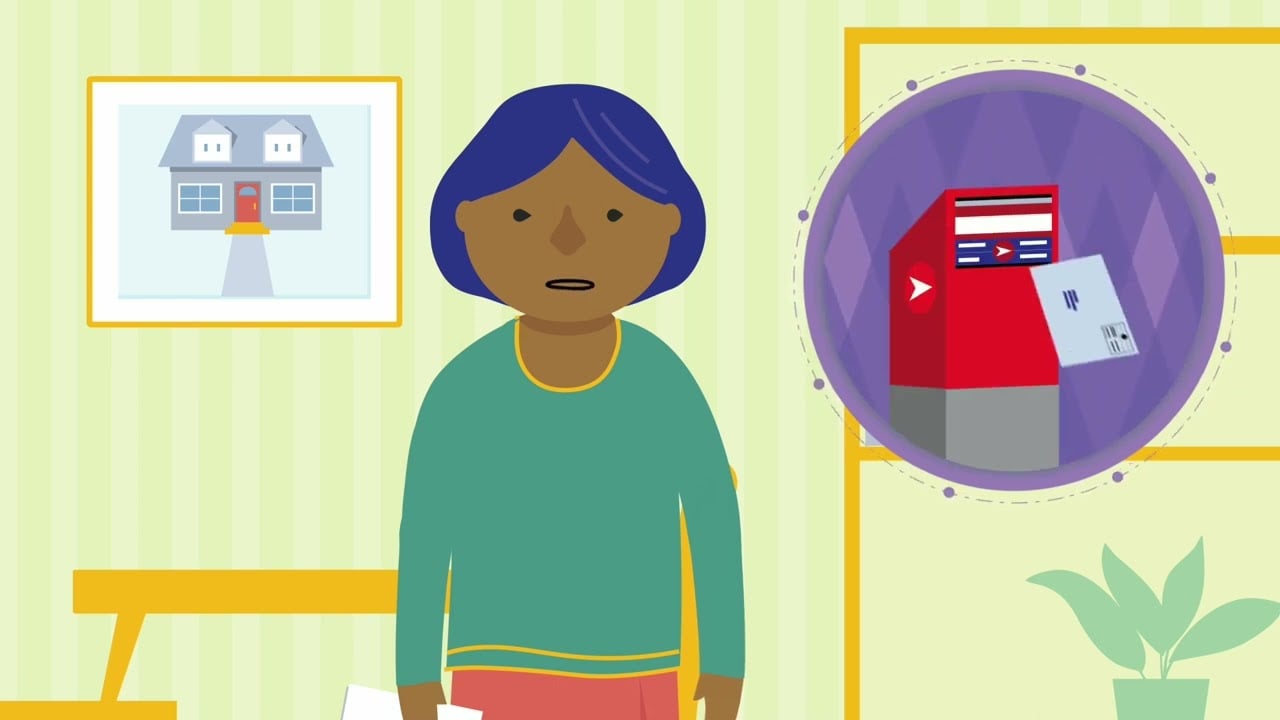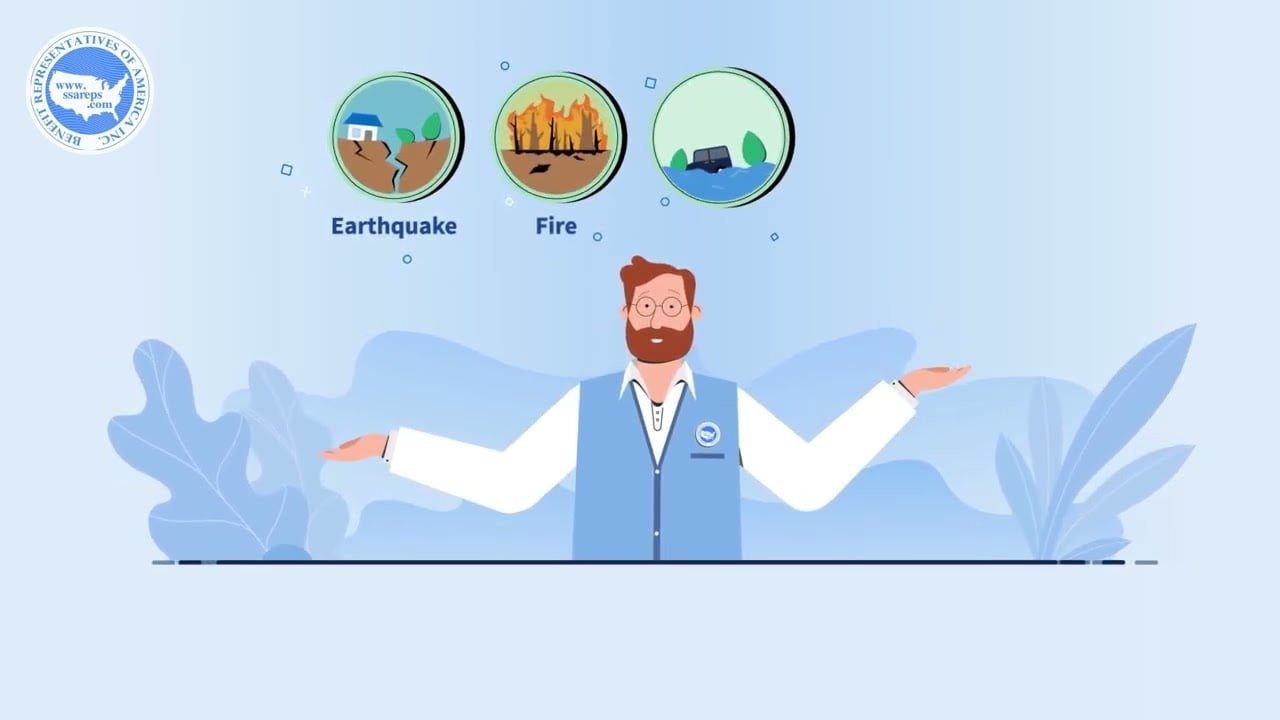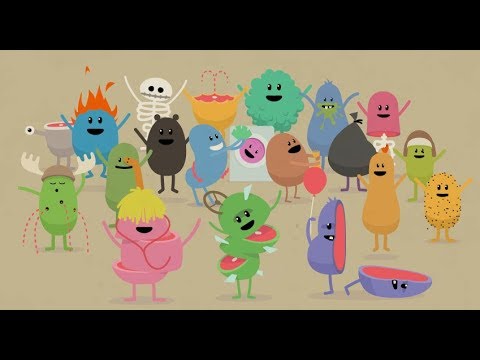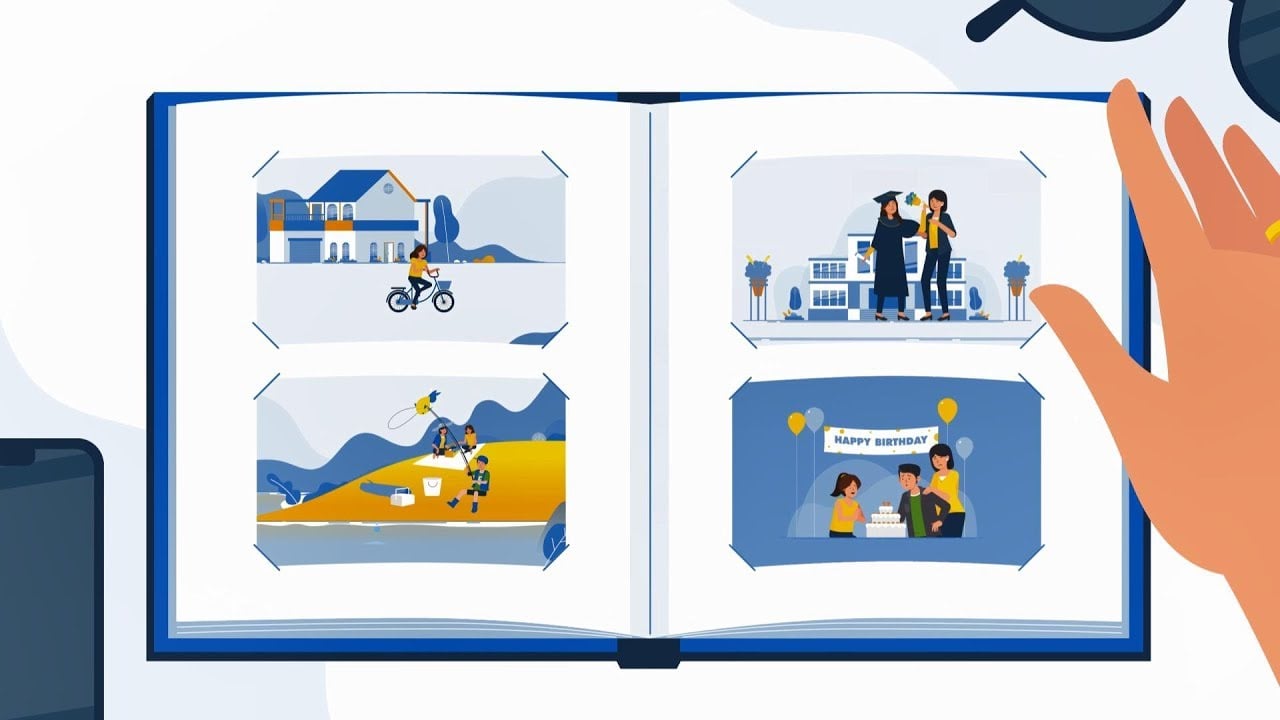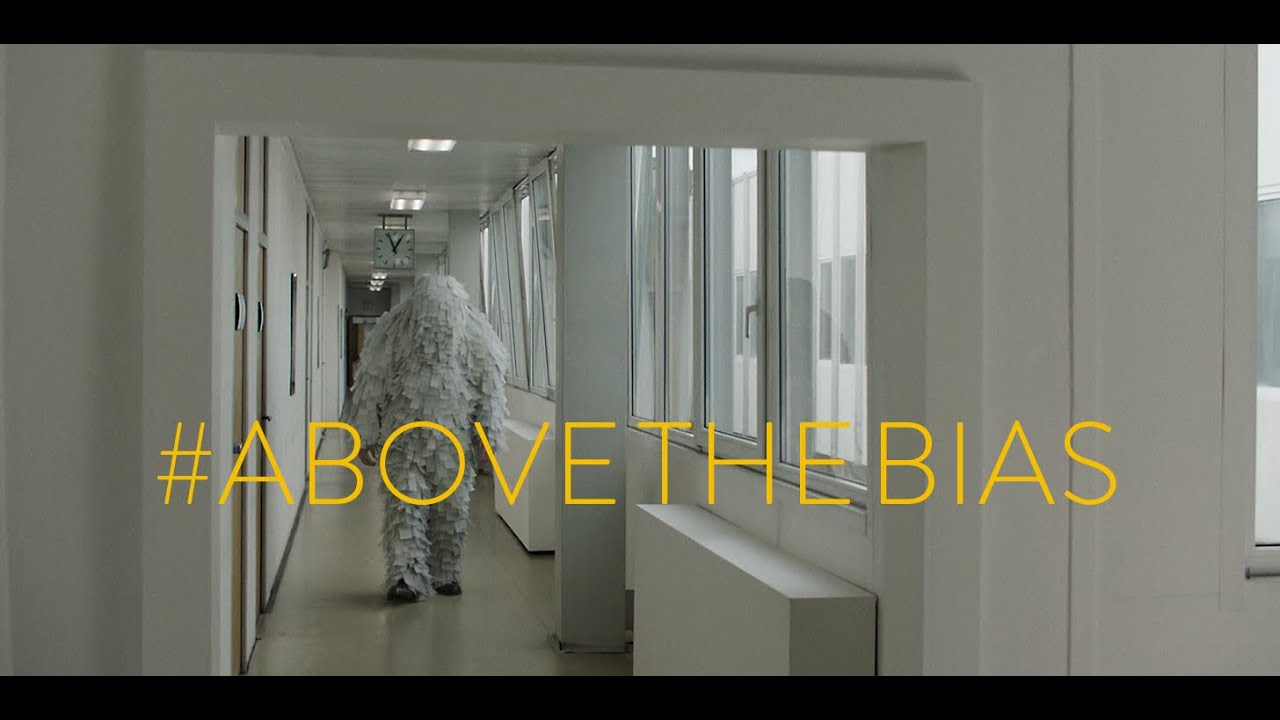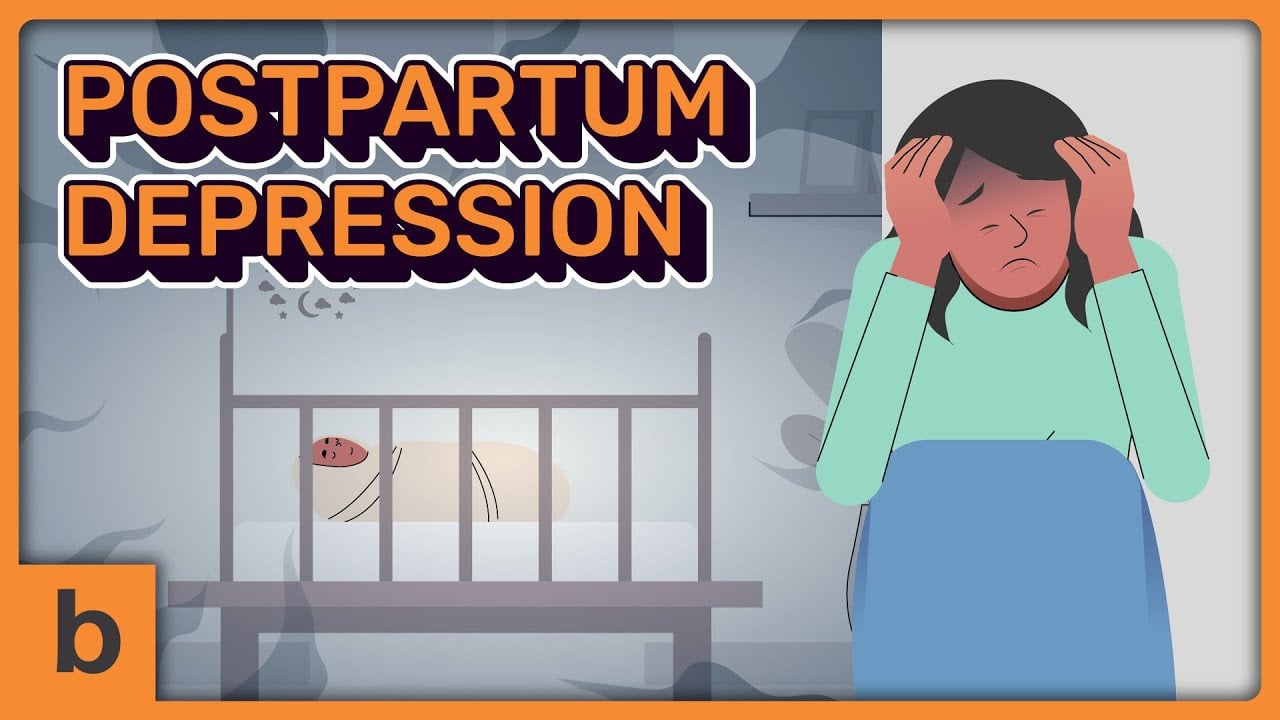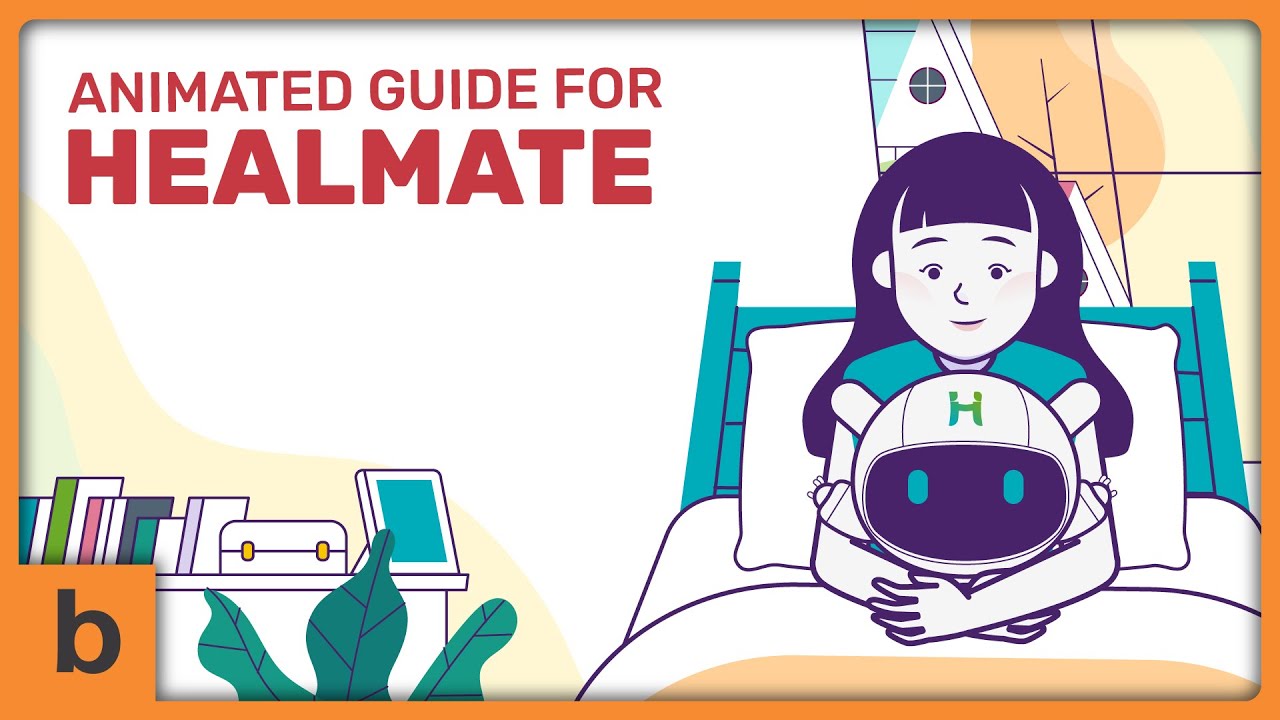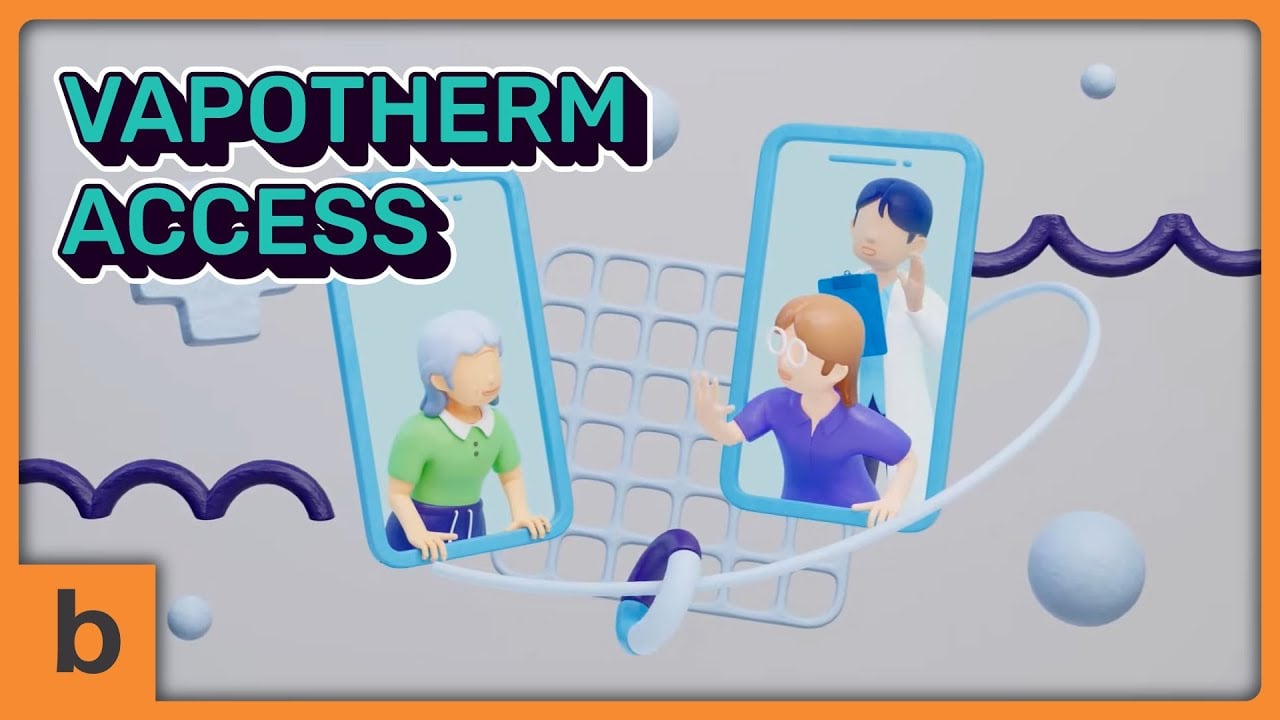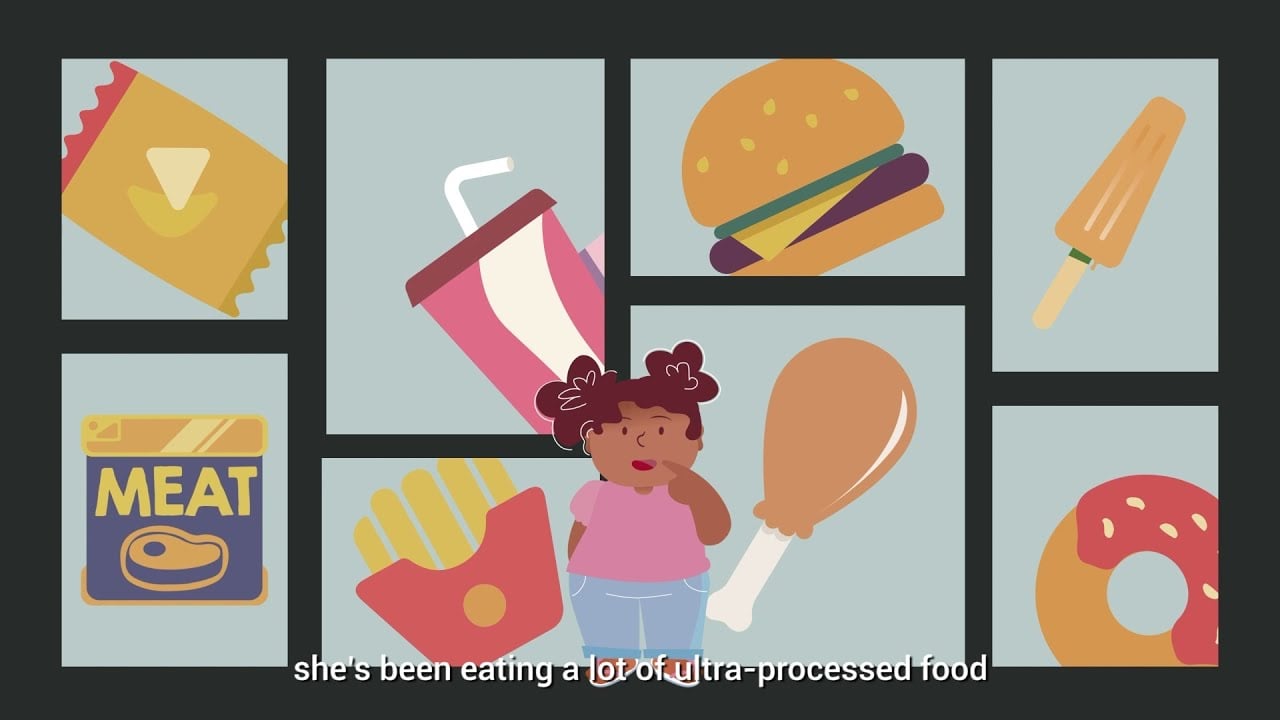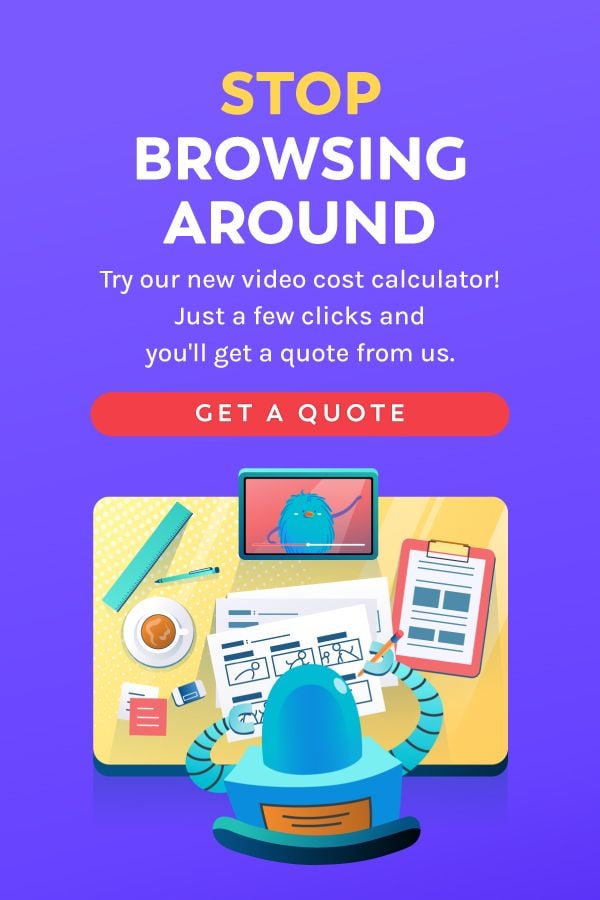Table of Contents ×
- 1 What Makes a Healthcare Marketing Campaign Great?
- 2 The Ethics of Healthcare Marketing
- 3 15 Healthcare Marketing Campaigns Done Right
- 3.1 1. Tips from Former Smokers (Series) by CDC
- 3.2 2. Howie and the Howl by Ad Council
- 3.3 3. Adulting Anthem by Heinz
- 3.4 4. How the Body Works (Series) by KidsHealth
- 3.5 5. Cervix Self-Screening by ScreeningBC
- 3.6 6. Social Security for PTSD by SSAReps
- 3.7 7. Dumb Ways to Die by Metro Trains Melbourne
- 3.8 8. Life Insurance Awareness by Astra Life
- 3.9 9. #AboveBias Campaign by FreeStyle Libre
- 3.10 10. Understanding Postpartum Depression by ADAA
- 3.11 11. Rewind the Future by Children’s Healthcare of Atlanta
- 3.12 12. Health Monitoring App Demo by HealMate
- 3.13 13. Respiratory Support by Vapotherm Access
- 3.14 14. #YouAreNotAlone Campaign by Norwich City Football Club
- 3.15 15. Childhood Obesity Awareness by the World Health Organization
- 4 An Ounce of Clarity Is Worth a Pound of Cure
- 5 FAQs on Best Healthcare Marketing Examples
Marketing in the healthcare industry is all about helping people find and choose the right care by promoting medical services in a way that’s clear, helpful, and easy to access. The best healthcare marketing examples are ones that build trust, educate patients, and make it simple for them to take the next step.
As a CEO of an explainer video production company, I’ve seen firsthand how the right story changes behaviors and sparks action, especially in the healthcare industry. Healthcare videos have to provide these key pieces of information:
- What the health issue is
- Why it matters
- What to do next
I willingly dove headfirst into a rabbit hole of healthcare ads, and along the way, I’ve found some real gems that I just have to share with you. Some tell a powerful story, others flip your assumptions, but they all have something to say.
But all of them prove that with great power comes great responsibility.
What Makes a Healthcare Marketing Campaign Great?
Now that we live in a sea of miracle pills, sketchy supplements, and SEO-optimized promises, the healthcare campaigns that actually work are the ones that cut through the noise with real emotion, clarity, and action. They:
- Make you feel something
- Explain things simply
- Get you to do something about your health
They Make You Feel
In my experience, no one ever changed their habits because of a dry, stat-loaded PSA. The healthcare campaigns that actually stick with people (the ones that get shared, remembered, and talked about) are the ones that make you feel something.
I’m talking about those tearjerker hospital ads that celebrate everyday heroes or those hard-hitting anti-smoking spots that genuinely make you pause before lighting up.
Emotion drives action, and great campaigns (whether created in-house or with the help of a healthcare marketing agency) know how to tap into that, without feeling manipulative or over-the-top.
This emotional connection does so much more than improving brand recall. It also comes in handy when it comes to strengthening patient engagement and can even lead to better patient outcomes by encouraging healthier behaviors in patient journeys over time.
They Keep It Simple
Healthcare is already complicated enough. Do we really need a digital marketing campaign that sounds like it’s straight out of a medical journal? Nope.
Do we also need an email marketing that reads like a prescription label and puts you to sleep by paragraph two? Also no.
The best campaigns I’ve seen take all that complex, technical stuff and make it clear, relatable, and even fun.
This is where short explainer videos, clever visuals, smart storytelling, and sometimes even influencer marketing shine.
Whether it’s a catchy slogan, a memorable analogy, or a campaign that turns boring medical advice into something fun (like reminding people to wash their hands with a jingle they cannot get out of their heads), simplicity is key.
If people can’t quickly understand marketing messages in the first place, how could we expect them to act on it? Effective communication with patients is at the core of great healthcare marketing.
They Make You Act
Awareness is great, but action is the real goal. The best healthcare campaigns inspire people to do something, no matter what digital platforms we rely on. If we can get them to act, we know our message has truly landed.
Whether booking a long-overdue check-up, signing up for a sleep-tracking app, exploring nearby healthcare organizations, or finally committing to that flu shot, the message must translate into real-world action.
That’s why I always look for campaigns that make the next step easy. A killer call-to-action, a frictionless sign-up process, or even just a campaign so memorable that it sticks in your brain until you finally make that doctor’s appointment.

The Ethics of Healthcare Marketing
Unlike video ads for sneakers or smartphones, healthcare campaigns deal with something far more personal: people’s well-being.
That means the stakes are high.
But what about the ethical lines?
Sometimes a little blurry.
So, how do you create a compelling healthcare campaign without crossing into fearmongering, misinformation, or plain old poor taste?
Truth Over Hype
Many of my clients in the healthcare industry often come to me wanting to stand out. But without sounding like they’re pitching a miracle cure. And honestly, that’s the right instinct.
It’s tempting for healthcare organizations to make big, dramatic claims, as we’ve seen a lot in old-school and traditional marketing spheres: “This treatment will change your life!” “One pill and you’ll feel brand new!”
But in healthcare, accuracy is everything.
Overselling results, suspicious online reviews, the misleading email campaign, or bending the truth can lead to false hope, bad decisions, and serious consequences.
The best healthcare marketing campaigns balance emotion with honesty.
Regardless of digital channels, they make complex medical topics understandable without oversimplifying or misleading. Because when it comes to health, people deserve the facts. No gimmicks, no exaggerations.
Fear vs. Empowerment
Fear can be a powerful motivator in healthcare marketing, but it’s a tricky line to walk, and I see it come up a lot when working with clients, mostly on their awareness campaigns.
They want to make an impact, which often leads to conversations like, “Should we go with the hard-hitting, emotional angle?” or “Do we need to show the worst-case scenario to wake people up?”
That’s understandable. The stakes are high, and the instinct is to grab attention fast.
But there’s a big difference between raising awareness and flat-out scaring people into action.
For example, some anti-smoking campaigns often use graphic imagery to drive their point home, and in some cases, that works. But too much fear can make people shut down rather than take action.
The most ethical (and effective) campaigns do so much more than just point out the risks. They know how to offer solutions, hope, and a clear path forward.
Accessibility for All
Healthcare is for everyone. That’s why healthcare marketing should be inclusive, accessible, and mindful of different cultures, languages, and health literacy levels.
Using plain, jargon-free language? Essential.
Representing diverse communities in visuals and messaging? A must.
Making sure that information is easy to understand for all ages and backgrounds? Non-negotiable.
The best healthcare ads make sure everyone feels seen and heard.
But what if it’s more specific, like a treatment for a rare disease? Then inclusivity matters even more.
Potential patients, caregivers, and healthcare professionals navigating a complex diagnosis need clear, compassionate messaging that empowers them with knowledge, deep understanding, and not confusion.
15 Healthcare Marketing Campaigns Done Right
Some heroes wear capes. Others use powerful storytelling and patient-centric care to save the day– and lives. I’ve always been fascinated by healthcare campaigns that don’t just inform but truly move people.
Let’s take a look at some of the most iconic and creative marketing ideas.
1. Tips from Former Smokers (Series) by CDC
In healthcare marketing, authenticity, and real human experiences can be more powerful than any flashy ad. The “Tips from Former Smokers” campaign by the CDC didn’t rely on scare tactics or boring stats. It hit people with raw, real stories.
The storytelling was pretty straightforward: former smokers sharing the brutal realities of tobacco use, from lost voices to lost limbs.
Hard to watch? Absolutely. Impossible to ignore? Even more so.
This approach works best when we need to cut through the noise and make a lasting impact. It’s especially effective for public health campaigns tackling serious, high-stakes issues like smoking, drug use, or disease prevention, where sugarcoating the truth just won’t cut it.
This type of raw and real storytelling is shareable across social media platforms and other marketing channels, too.
So, the message can spread even more widely across a wide range of audiences, making it powerful tool for awareness and behavioral change.
2. Howie and the Howl by Ad Council
“Howie and the Howl” is an effective campaign using a song. It came out of a real conversation between musician KAMAUU and a 14-year-old named Howie, who opened up about feeling lonely and how tough it can be to talk about emotions.
That honest moment turned into a powerful track that’s now part of the “Sound It Out” campaign from the Ad Council and Pivotal Ventures.
The goal is to make talking about mental health feel a little easier for kids and their families.
This campaign hits home because it feels real. It doesn’t talk to kids, but it listens to them. Instead. When we turn a personal story into music, we open the door for honest conversations without making it feel like a lecture.
It’s creative, relatable, and emotionally honest. Exactly what we need when trying to connect with people about mental health, especially younger audiences.
3. Adulting Anthem by Heinz
Healthier choices don’t always have to be positioned as a sacrifice. Leaning into humor and relatability can make a “better-for-you” product feel fun rather than preachy.
Who knew ketchup could be this relatable? Heinz took a simple message; less sugar, same great taste, and turned it into an over-the-top, dramatic adulting anthem which I’m sure all of us can relate to.
From paying bills to eating “responsibly,” it perfectly captured the struggle of growing up in a way that’s hilarious and catchy.
4. How the Body Works (Series) by KidsHealth
Learning sticks when it’s fun, and I believe KidsHealth knows that. As a go-to resource for kids’ health, they use the kind of storytelling that feels like a Sunday morning cartoon; nostalgic, engaging, and easy to follow.
They don’t overwhelm the explanations with jargon or dry textbook vibes. They focus on breaking down complex biological concepts into bite-sized, animated lessons made for kids (but adults can learn a thing or two, too).
5. Cervix Self-Screening by ScreeningBC
As a healthcare company and public health initiative, ScreeningBC could have just told people to go straight to a doctor for health screening.
But they took a different approach to marketing. They create a short animated healthcare video that makes people feel capable and empowered to take action on their end.
This type of healthcare marketing nails the balance between education and empowerment. Their Cervix Self-Screening campaign ditches the awkwardness and stigma around cervical cancer screening by showing people that taking control of their health can be simple, private, and accessible.

6. Social Security for PTSD by SSAReps
This is one of our projects. When we created this animated video for SSAReps, one thing we kept in mind was how to strike the right balance between clarity and compassion.
PTSD is a deeply personal and often misunderstood condition, and the process of applying for Social Security benefits can already feel overwhelming, especially for someone struggling with trauma.
From the very beginning, we knew the tone needed to be calm, reassuring, and supportive without feeling clinical or cold.
As animators and storytellers, our job was to visualize the process in a way that felt accessible. We used soft color palettes, smooth transitions, and steady pacing to create a sense of safety and trust.
Instead of overly technical jargon, we focused on plain language and visual metaphors to make the steps more digestible.
One key creative choice was to avoid showing characters in distress. Instead, we represented progress and support, visually emphasizing the idea that help is available and it’s okay to ask for it.
7. Dumb Ways to Die by Metro Trains Melbourne
It’s not specifically a health digital marketing campaign, but it’s a perfect example of how a catchy, creative approach can drive awareness and change behavior. In terms of cultural impact, I’d say this is one of the most successful campaigns.
“Dumb Ways to Die” wasn’t our typical safety PSA. It used a quite innovative strategy with dark humor, an earworm of a song, and adorable yet doomed characters to highlight the dangers of reckless behavior.
This campaign really shaped how I think about healthcare marketing. It proved that you can be creative, even playful, without losing the weight of the message.
A viral sensation that reached a wide range of audiences across the globe, from kids humming the tune to adults rethinking their choices around train safety.
When does this tone and formula work in healthcare marketing?
When the goal is to make serious health topics more approachable and memorable.
Sometimes, especially when you’re dealing with hard or sensitive topics (like suicide prevention, disease awareness, or risky behavior), humor and music are what make the message stick
8. Life Insurance Awareness by Astra Life
We created this cartoon-style animation as part of Astra Life’s campaign to raise awareness about life insurance. From the very start, we knew the concept needed to be emotionally resonant yet visually simple.
Every scene was designed to communicate an unspoken emotional truth: that life can go on without you, but the way it goes on depends on the steps you take today.
That kind of message can be hard to convey with words alone, which is where animation becomes incredibly powerful.
As animators, we leaned into the use of soft, family-friendly color palettes and clear character expressions to express both warmth and quiet sadness.
The “memory bubble” framing visually distinguishes between present and imagined futures so audiences can immediately grasp that the character is thinking about his loved ones.
We aimed to make it relatable and universal, without being too heavy.
That’s why we kept the style approachable and grounded in everyday life to make it easier for the target audience to see themselves in the story and reflect on their own preparedness.
This healthcare-related campaign works because it’s not selling a product or health service. Rather, it’s inviting viewers to think about their role in protecting the people they love. And that’s the kind of digital marketing that doesn’t just inform, but it moves people.
9. #AboveBias Campaign by FreeStyle Libre
This emotionally resonant campaign by FreeStyle Libre sheds light on the unseen burden of diabetes, not just the medical challenges, but the emotional and social toll that comes with it.
The #AboveBias campaign powerfully addresses the stigma that people living with diabetes often face, especially in moments of self-management.
The narrative follows real people navigating everyday situations, like checking their glucose in public, being questioned or judged, and culminates in a message of resilience: rising above the bias.
From a storytelling standpoint, the campaign is grounded in lived experiences.
The decision to use grounded, cinematic visuals paired with a restrained color palette reinforces the seriousness of the message while keeping the focus on the individuals at the heart of the story.
I like how this campaign is not only for its emotional depth but also for the marketing techniques it employs, prioritizing authenticity, social relevance, and visual empathy over flashy gimmicks.
In short, it’s a clear example of how marketing expertise can elevate an issue that’s often misunderstood and turn it into a powerful call for empathy and awareness.
No overproduction or sugarcoating here. Just honest, human moments that connect deeply with the audience.
10. Understanding Postpartum Depression by ADAA
This animation was created for the Anxiety and Depression Association of America (ADAA) to shed light on a topic that’s often overlooked or misunderstood: postpartum depression.
When we worked on this project, we made sure not to share clinical facts to get the message across. It was about showing real, emotional experiences in a way that felt accessible, human, and nonjudgmental.
Visually, we used a panel layout to show the ripple effect postpartum depression can have, not just on the mother, but on her partner, parents, and the broader family.
Each character’s expression and posture were carefully designed to convey empathy and concern without needing a single line of dialogue.
We intentionally avoided dramatization, though. Instead, we focused on subtle, truthful visuals, like a mom struggling silently, a partner who feels helpless, or a parent unsure how to support their child.
The goal was to validate these feelings and start a conversation around support and mental health.
The whole purpose of this campaign is not to stigmatize, but to educate.
It normalizes asking for help. And for us, being able to contribute to something that might make someone feel seen or understood. That’s the kind of storytelling that matters most, especially in health-related campaigns.
11. Rewind the Future by Children’s Healthcare of Atlanta
One of the most powerful examples I’ve seen in healthcare marketing is the PSA “Rewind the Future” by Children’s Healthcare of Atlanta.
It doesn’t ease us in, but it hits hard from the start with a 300-pound man suffering a heart attack, then plays his life in reverse.
What’s brilliant here is the storytelling: instead of throwing stats at us, it pulls us into one person’s journey. We see the fast food, the sedentary habits, the well-meaning but misinformed parenting.
All the small choices that quietly built up to a crisis.
Yes, it uses fear. But not in a cheap or sensationalized way. It’s sobering, not shocking. There’s no gory imagery or jump scares. Just realism.
Rather than relying on data points or statistics, video marketing makes patient journeys visceral by humanizing the issue through a single, fictional yet highly relatable life.
With the reversing-time concept, we can see how early lifestyle patterns, parental choices, lack of physical activity, and processed food culture accumulate into chronic illness.
The stark realism and unfiltered tone cut through the noise. There’s no narration. Just sound design and pacing that allow the imagery to speak for itself.
This silence is intentional. It prompts reflection rather than instruction, placing accountability not just on the individual, but on the collective systems surrounding them– including those healthcare providers within the healthcare sector themselves.
12. Health Monitoring App Demo by HealMate
This is another project we made for HealMate, a health monitoring app designed to help users track and manage their daily health routines with ease.
This project reflects our belief that even complex and powerful tools like health tech can, and should, feel human, approachable, and empowering.
We needed to communicate the app’s core features and user experience, such as real-time vitals tracking, medication reminders, appointment scheduling, and other important health plans, through a warm and reassuring narrative.
While many medical devices feel cold or overly clinical, we focused on effective storytelling and design choices that emphasized comfort, trust, and ease of use.
We kept the style clean and minimal by using soft color palettes and intuitive motion to guide the viewer’s focus.
Every movement was timed to align with the app’s UX flow, so the story feels both informative and intuitive.
We also wanted to strike the right tone for the healthcare industry: clear, calm, and user-focused, while still keeping the visual storytelling engaging.
The robot mascot played such a pivotal role, too. It developed to act as a friendly companion (helpful but not overly playful) to symbolize the app’s supportive role in users’ health journeys.
13. Respiratory Support by Vapotherm Access
We created this 3D animated explainer for Vapotherm Access, a remote respiratory monitoring and nurse triage service that helps identify and manage respiratory conditions such as Chronic Obstructive Pulmonary Disease (COPD).
The goal was to clearly demonstrate how potential patients, current patients, and care teams stay connected through the platform (especially during early signs of symptom changes) while maintaining an empathetic, human-centered tone.
We chose a clay-like texture and tactile aesthetic to reflect warmth, care, and approachability, qualities that are essential in healthcare communication.
The soft, hand-modeled look helps reduce the perceived complexity of clinical technology, making the patient experience feel more personal.
It bridges the emotional gap between patient interactions and digital interactive tools, reinforcing that behind every screen, there’s a real care team.
This visual direction also supports accessibility by keeping the interface intuitive and friendly, especially for older users or those managing chronic conditions.
14. #YouAreNotAlone Campaign by Norwich City Football Club
This campaign flips expectations to deliver a powerful healthcare message about hidden mental health struggles. It’s a strong example of how sports organizations can play a vital role in public health by showing that support can come from unexpected places, and that real conversations often start with simply noticing the people around us.
We follow two men watching football; one quiet, one animated. But the twist reveals it’s the cheerful, outgoing man who’s been suffering in silence.
As someone who’s worked with businesses in the healthcare industry for more than a decade, I think this campaign nails something most mental health ads miss: it breaks the stereotype.
We’re so used to imagining mental illness as looking a certain way, but this video flips that on its head. And because it unfolds in such a familiar setting (football fandom), it immediately feels relatable, especially to men who might otherwise shut down around the topic.
What I love most is the subtlety. There’s no overproduction, no preaching.
It’s just a quiet, powerful reminder that support can come from unexpected places, and that real help often begins with simply noticing each other.
15. Childhood Obesity Awareness by the World Health Organization
The World Health Organization’s animated spot on childhood obesity is a great example of how public health messaging can be both approachable and hard-hitting at the same time.
What struck me immediately was the contrast: cheerful 2D animation, soft colors, and playful characters. All paired with sobering facts about how marketing and food environments are shaping kids’ health.
From a strategy standpoint, it’s smart. The pastel visuals lower your guard, and then the message lands quietly but powerfully. You see everyday snacks, screen habits, and subtle cues that feel all too familiar.
It’s not pointing fingers; it’s holding up a mirror.
I’ve always believed that when you’re trying to communicate something this urgent, especially around children, being loud or aggressive can backfire.
But this works because it invites people in. It makes a complex issue digestible without watering it down, and that’s a tough balance to strike in healthcare marketing.

An Ounce of Clarity Is Worth a Pound of Cure
As someone who creates explainer videos, this is something I always aim for in health-related campaigns: use emotion ethically, highlight consequences honestly, and always, always offer a path forward.
If you’re planning your next healthcare campaign or refining your marketing efforts, I’ve put together a practical visual checklist to help you keep your messaging sharp, empathetic, and effective.
Feel free to use it, tweak it, and share it with your marketing teams for more creative marketing ideas.
FAQs on Best Healthcare Marketing Examples
- How do healthcare brands balance compliance with creativity?
Regulations are tight. But not impossible. The best campaigns show that you can be bold without bending the rules. Are you using constraints to fuel smarter creativity, or letting them limit your message?
- What makes a healthcare campaign actually memorable?
It’s not the budget. It’s more on the clarity of the message and the power of the insight. Think back: which healthcare ad stuck with you and why? Chances are, it understood its audience better than it sold the service.
- Can small clinics or startups replicate what big healthcare brands do?
Absolutely. While the scale differs, the principles don’t: empathy, relevance, simplicity. The question isn’t if you can, but how you’ll tailor those strategies to your unique voice and audience.
- What’s the biggest mistake most healthcare marketers still make?
Talking to people instead of with them. Overuse of jargon, lack of storytelling, and forgetting the patient’s journey can kill even the most beautiful design. Are your campaigns offering answers or just shouting features?
- Should healthcare brands tap into humor?
Yes, carefully. We’ve talked about some examples that used humor in marketing before. Humor can make brands more approachable, especially in anxiety-prone areas like dental, mental health, or insurance. But it must be grounded in empathy. Are you using humor to relieve tension or deflect it?
- How do I measure the success of a healthcare marketing campaign beyond clicks?
Clicks are just the surface. Look at patient inquiries, appointment conversions, brand sentiment, and long-term loyalty. What kind of real-world impact is your campaign making?
At Breadnbeyond, we craft professional videos for businesses across all industries, including healthcare. Click on the banner below to estimate your project budget instantly and see what fits your needs best.

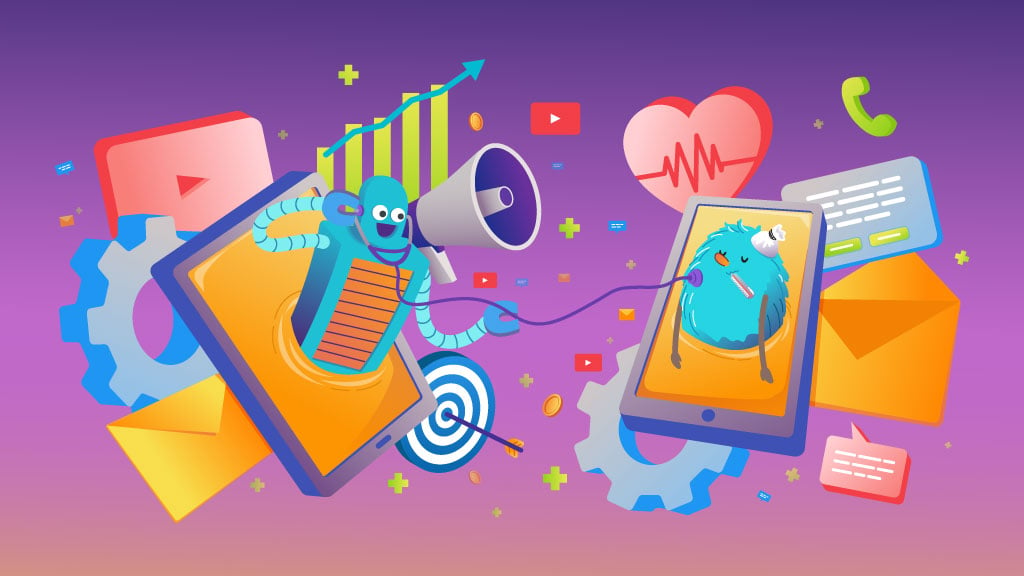
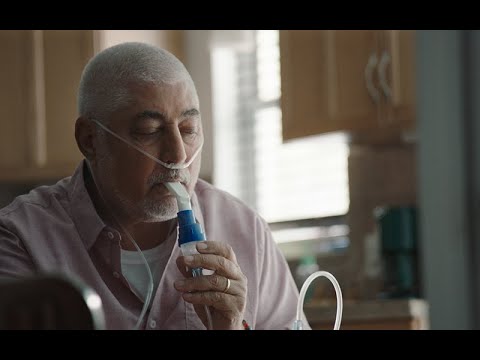
![KAMAUU - Howie and the Howl [Official Music Video]](https://breadnbeyond.com/wp-content/cache/flying-press/5715737bbca70a74bcd61ddcf72dab8b.jpg)
